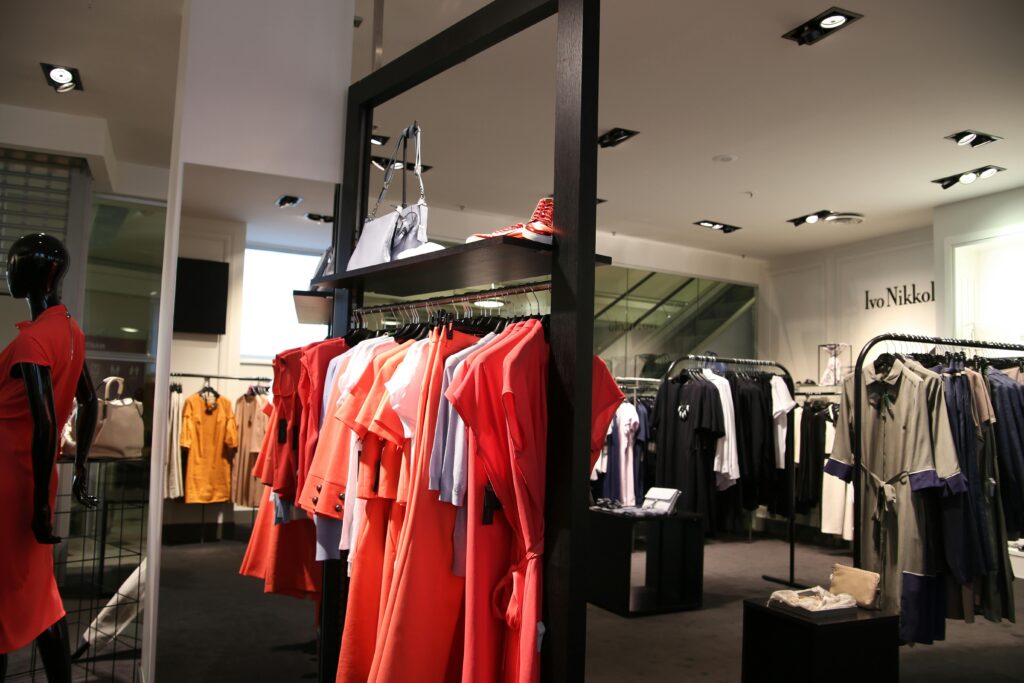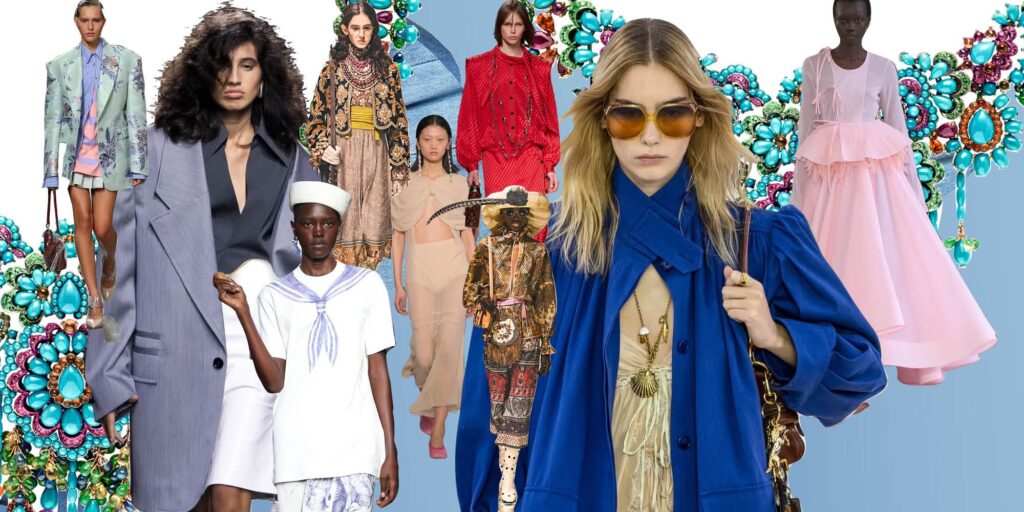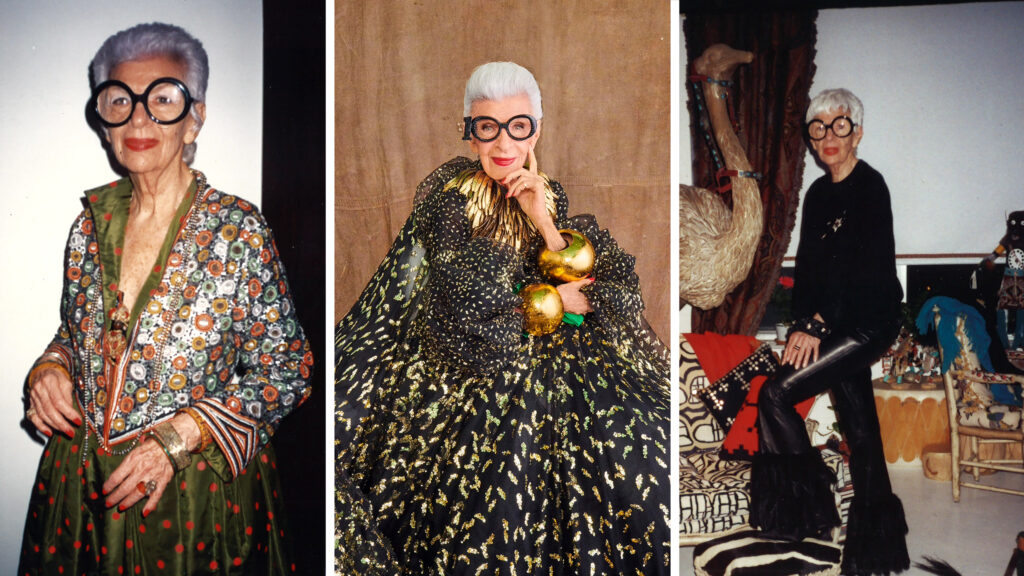Understanding the difference between fashion, trends and style can help us make more conscious purchases and get more out of our closet.
Fashion is a cultural and social phenomenon that has evolved over time. Terms such as fashion, trends and style are often confused, but each has a distinct meaning and plays a unique role in our lives. This article aims to explain these differences and highlight the importance of differentiating between them, both for our mental health and for environmental sustainability. In addition, we will explore eco-sustainable options related to each concept.
Fashion: A wide and changing concept
Fashion is a broad term that encompasses not only clothing, but also a variety of cultural, social and artistic aspects. It refers to the prevailing trends in a given period and is influenced by various factors such as culture, economics and technology. Fashion can be seen as a mirror that reflects social changes and attitudes, and can be ephemeral or enduring.

Fashion and mental health
When discussing fashion, it is important to recognize that its impact on our mental health can be both positive and negative. Fashion can be a form of self-expression and a powerful tool for building self-esteem. However, it can also become a source of stress and anxiety, especially when there is social pressure to conform to certain norms or standards.
Social networks and the culture of comparison exacerbate this pressure, leading people to feel that they must dress a specific way to be accepted. This type of pressure can negatively affect mental health, so it is essential to understand that fashion is not a universal rule, but a personal form of expression.
Sustainable fashion choices
The fashion industry is one of the most polluting industries in the world. However, there are ways to make it more sustainable. Some options include:
- Sustainable fashion: Opt for brands that use organic materials and fair trade practices.
- Recycling and reuse: Encourage the circular economy by buying second-hand clothing or exchanging garments.
- Minimalism: Adopt a capsule closet to reduce consumption and focus on timeless pieces.
Trends: The temporary and ephemeral
Trends are temporary manifestations within the concept of fashion. They can be described as micro-movements that can arise from a variety of sources, such as cultural influences, celebrities, influencers and social events. Trends can last for weeks or months and, although they can sometimes lay the groundwork for future fashion, they are usually characteristic of specific periods.

Trends and mental health
Trends can be a double-edged sword. On the one hand, they can encourage people to experiment with their appearance and give them a sense of belonging. On the other hand, the ephemeral nature of trends can generate anxiety and pressure to constantly adapt. Fear of being “left out” can lead to compulsive buying and personal dissatisfaction.
Sustainable choices in trends
The rapid turnover of trends encourages a mind-set of mindless consumption. Some sustainable options include:
- Quality over quantity: Prioritize the purchase of pieces that are versatile and of good quality, that can be used over several seasons.
- Investing in classics: Invest in garments that never go out of style, instead of following every passing trend.
- DIY and customization: Create or modify garments to taste, which is not only sustainable, but also promotes creativity.
Style: Personal expression
Style is the unique way in which each individual expresses his or her identity through fashion. Unlike trends, style is timeless and is influenced by individual personality, experiences and values. Through style, people can communicate who they are and what they stand for.

Style and mental health
Cultivating a personal style can have profound implications for mental health. By wearing clothes that truly resonate with our identity, confidence and self-acceptance can be increased. The emotional connection we have with our clothing can make us feel more authentic and comfortable in our skin.
However, it is crucial to remember that style should not be dictated by fads. Again, social pressure and media influence can create confusion about what is personal style versus what is simply an adaptation to trends.
Sustainable Style Choices
To encourage sustainable personal style, the following attitudes can be considered:
- Ethically produced clothes: Choose clothes from brands that are ethically produced.
- Garments with which you identify yourself: Always choose clothes that show your personal style.
- Upcycling: If you have sewing skills, this is a good option to follow.
Understanding the difference between fashion, trends and style can help us to make better shopping choices, but above all to create our own criteria about who we are and what we want to convey by being friendly to the planet.





